The Actual Truth and Reality of Growing My Seasonal Garden
Have you wondered what it takes to grow a seasonal garden? I’m sharing the actual truth and reality of what my journey was this summer.
This post may contain affiliate links, I earn from qualifying purchases at no extra cost to you. Click here for my disclosure policy

Growing a seasonal garden needs
- Hay bales
- Organic Soil
- Water
- Plants or Seeds
- Fertilizer
- Bug Control
We have a garden space and as I mentioned previously, our garden was doing great until the neighbors planted aspens and pines on the other side of the fence. Between the acidity coming from the roots and the suckering into our beds, things just weren’t growing anymore.
We decided this year as a last resort to try gardening in straw bales. The concept is that you’re starting with a new bale every year there for avoiding spores, eggs, etc that might be in the old soil. In addition to that, the drainage is fantastic and you’ll spend less money on watering.

Is growing a garden expensive?
This is hard to sometimes calculate as everyone’s garden is a different size. Today I’ll share the cost of my garden expenses.
- Straw Bales $50 (10 bales at $5 each)
- Fertilizer to prep the bales $30
- Plants and seeds $160
- Soaker Hose x 3 $60 (but I’ll be able to avoid this cost next year)
- Organic soil $10
- Fertilizer $20
- Bug Control $30
This came to a total of $330 and doesn’t include the watering.
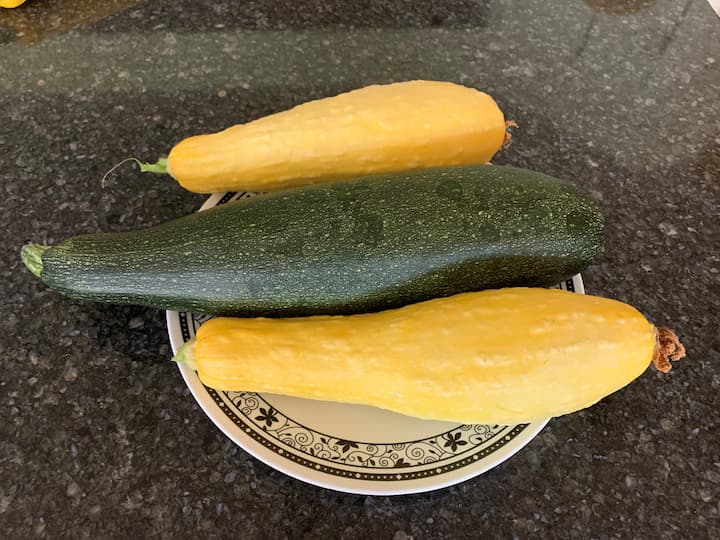
What can you grow in a seasonal garden and how did it do?
Now our growing season is not quite done yet but in Colorado, we do get snow in September that can destroy your whole garden. Here is what we have so far. On a side note, we have several tomato plants we’ve only pulled 15 so far, but there are tons on the vine still. If the bad weather comes I’ll be able to pull the green tomatoes and ripen them inside our home.
- Bale 1 Broccoli 0, Cauliflower 0, Acorn Squash 3
- Bale 2 Brussel Sprouts 0, Sugar Snap Peas 3 batches, Tomato
- Bale 3 Cucumber 3, Jalapeno 10, Salsa Pepper 20
- Bale 4 Cabbage 4, Tomato
- Bale 5 Spaghetti Squash 2
- Bale 6 Pumpkin 2 large
- Bale 7 Green Beans 3 batches
- Bale 8 Carrots 3 pulled but more are coming
- Bale 9 Zucchini 3, Yellow Squash 6
- Bale 10 Eggplant 1 , Pie Pumpkin 5
- Middle garden- rhubarb 2 batches, strawberries several batches, herbs lost most but plenty of basil
How much would these vegetables cost in the store?
If I were to put a price tag on what I’ve pulled out of the garden so far I would have spent about $140 at the grocery store so far. We’ll be getting more out of the garden so it’s probably about a wash when it comes to the money spent on the plants and what comes out of the garden. I will update this post at the true end of the season to give a more accurate amount.
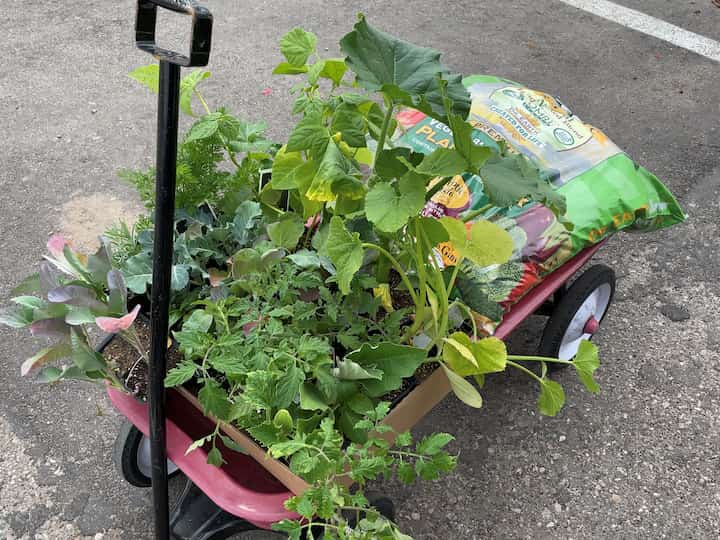
What are the pros and cons of a seasonal garden?
- Pro – I grew an organic garden
- Pro – The vegetables taste better than what is available in the store.
- Pro – I was able to spray my garden with organic treatments for pests and the vegetables are free of chemicals
- Pro – It was cheaper than a farmers market (Sometimes the farmers market are items that come from Mexico. These items might be organic before they come into our country but are often sprayed with pesticides as they come over the boarder.)
- Con – It might cost more to grow your own garden than buy vegetables.
- Con – You forget to count the hours you work in the garden and what that’s worth
- Con – You can’t control the weather, bugs, and other elements that effect your garden.
- Con – Even though I had a better soil experience by gardening in the bales, I still had powdery mildew, and bugs to fight.
Is gardening worth it financially?
I have always grown a garden for the last 24 years and thought it was worth it. When my garden started to not yield at all this started to change my mind and I found myself asking if it was really worth it? I decided to try my hand at straw bale gardening as my “last straw. I’m pleased with the overall results and how easy it was. Upon my investigation, we have a local farmer that sells a share of his organic produce. A share that will feed a family of 4 costs $550 and is delivered to your front door for 20 weeks. You don’t get to pick what you receive as they pull whatever is ready. This comes out to $27.50 a week. This means organic, chemical-free, fresh vegetables, delivered to your door and you don’t do any work at all. I may be considering this in the future because it may in the long run come out cheaper than doing the work myself.
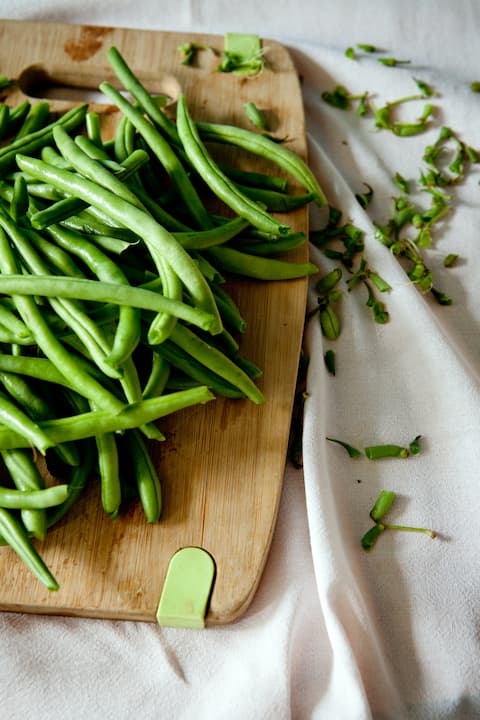
How do you preserve seasonal vegetables?
We like to eat as much as we can as it comes out of the garden. The rest we freeze to preserve for the winter months. Many of our vegetables like tomatoes, carrots, peppers, green beans, zucchini, and yellow squash we chop and freeze. We use them in recipes that call for canned tomatoes, soups, stews, and you can put the chopped vegetables in casseroles or hide them in things like lasagna. Our squash we can store in our cool basement and it lasts through the fall. If it looks like we need to get it cooked up, we bake it, freeze it, and pull it out of the freezer, and heat it up to use later.
Other seasonal gardening tips
- Plant your garden during late spring to avoid frost that will kill your plants. Know your planting time for each of your plants, and the best time of year to plant them.
- Plant spring bulbs in the spring or fall but not in summer to avoid heat.
- If you have questions your garden center is your go-to for answers.
- Make to-do lists to help you know what to tackle during each season.
- Season flower gardens are great, decide if you want perennials that come back every year or summer annuals that are a one-time growth.
- Design your bed spaces, and know whether your bed is in full sun, partial sun, or shade. Plant your flowers or vegetables accordingly.
- Spring mice and winter mice are hungry, and fall mice are storing food. They’re looking for easy food, and seeds that you plant are the ones they’ll attack.
Shop any of these stores and I receive a small commission at no cost to you.




Check out the other garden posts from my friends!

September Garden Guide – Life at Bella Terra
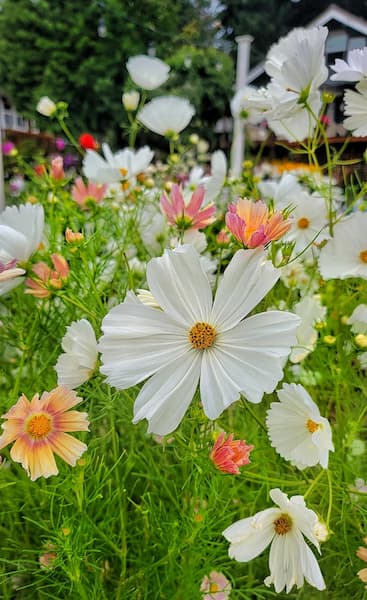
8 Mistakes I Made in My Cut Flower Garden This Year – Shiplap and Shells
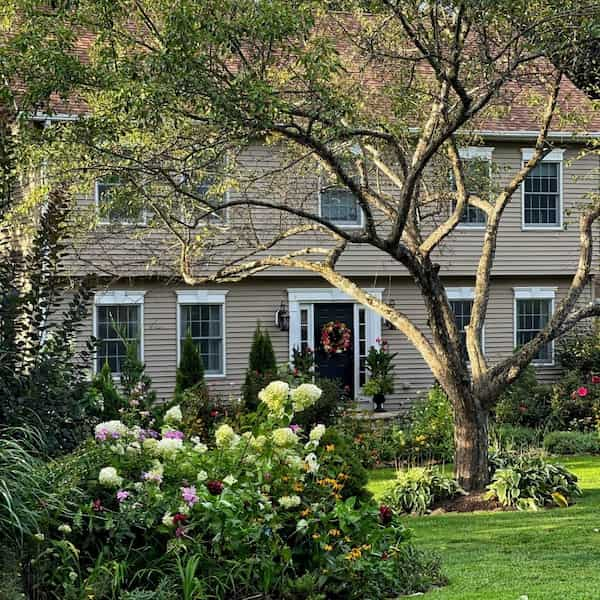
How My Garden Is Changing For Fall – Bricks n Blooms

Check out some of my other garden posts!


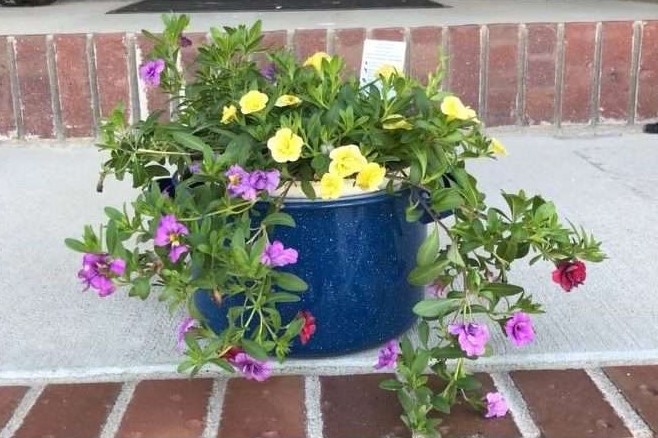

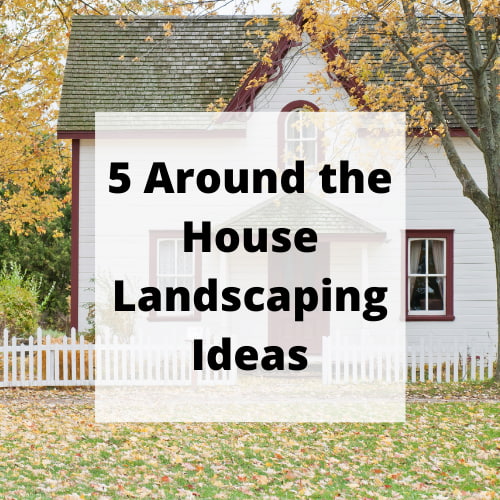
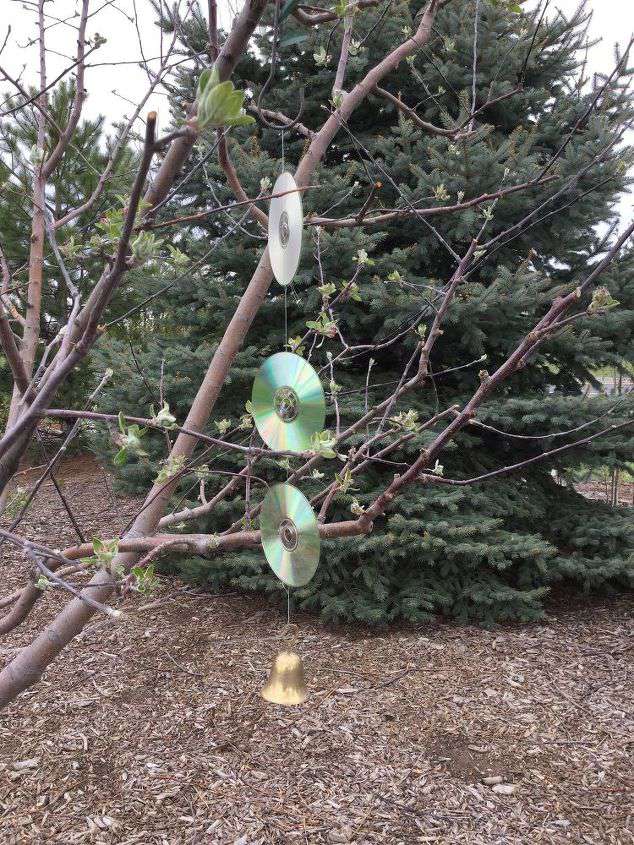
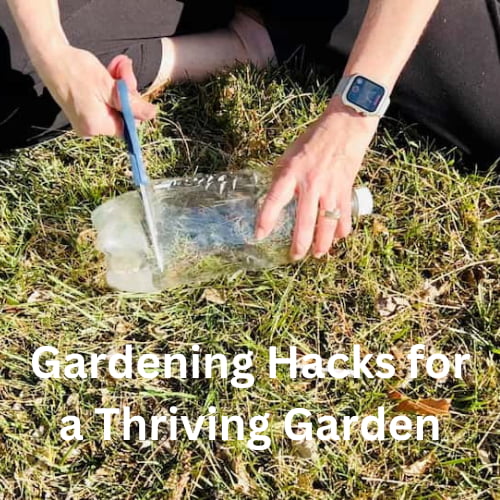
It has been neat to see how your garden grew in straw bales. I’ve never done it before. And I’ve really enjoyed seeing how your garden grows in Colorado!
Chas, as many years as I have been gardening, I’ve never done the math vs. the time/yield. I guess for me the garden is a classroom. Every year is different and every year I learn something new. This year my yield was much lower, but the weather was a huge factor. Also, transplants weren’t as available as the previous year, so I think the quality of plants was lowered. And my plants from seeds were lower too. I think it was definitely an “off” year, but the joys of picking your own lettuce or strawberries is so rewarding…..I also learned so much from you and your hay bale gardening. This blog hop each month has been very informative for me and I’m happy to learn more about gardening in Colorado! Thanks for sharing everything.
I love that you did the math to see what it cost you to have your garden vs. buying veggies. If I were to truly figure out what it cost to have a cut flower garden I think it would shock me. I think that’s why I have never tried. I truly love the garden therapy and a chance to be outdoors. I loved that you shared your experience with the straw bales. I had never even heard about that as an option. Thanks for the information!
Hi Chas, Great review! I started a garden this summer and it’s been a bumpy ride. My dad gave me a hearty tomato starter plant from Tagawa Gardens which was much better than my Home Depot tomato starter. Learning as I go. I really want to enjoy it! laura in Colorado